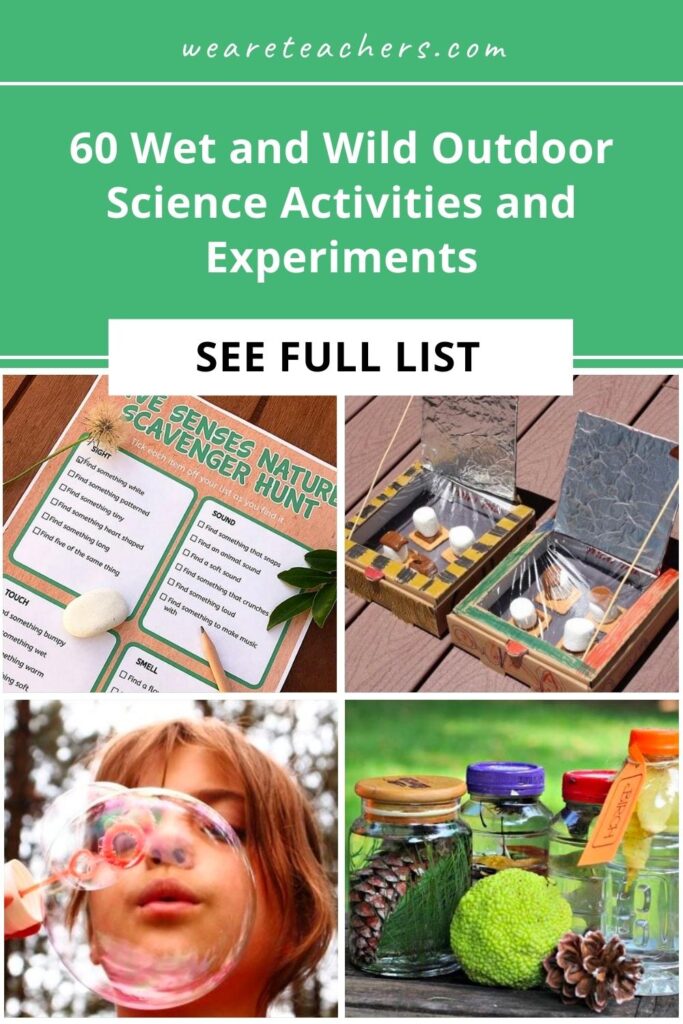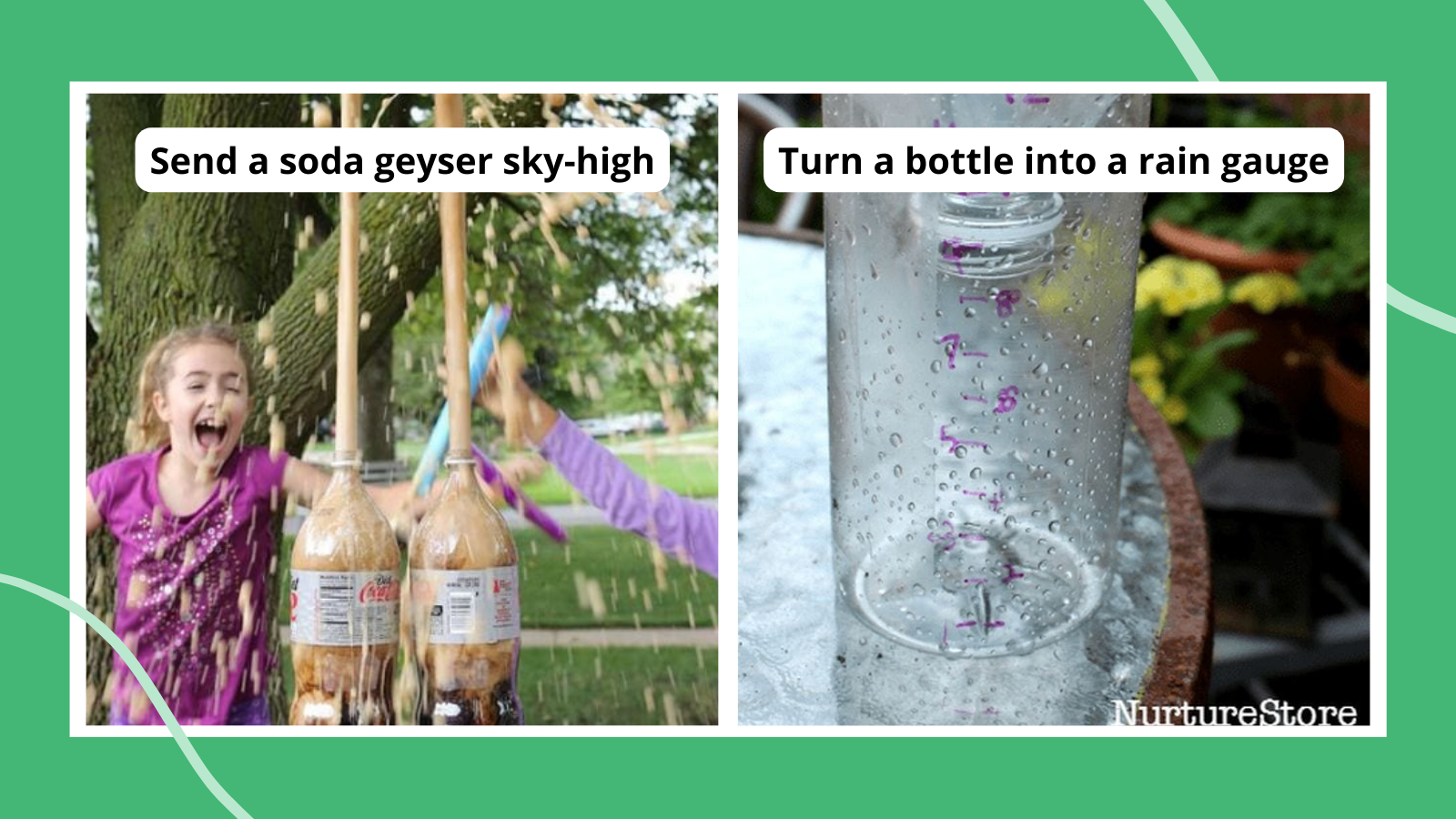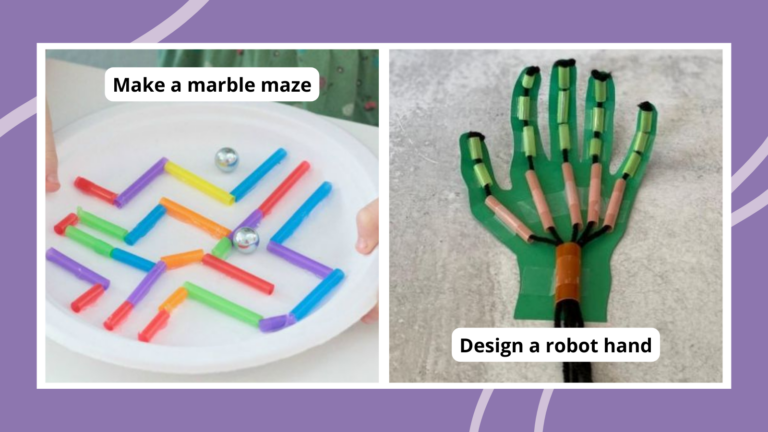The only thing more fun than hands-on science is taking it outside! These outdoor science activities are perfect for taking advantage of sunny days. Fly kites, dissect flowers, experiment with sound and water, and so much more! There is something on our list for everyone from adults all the way down to toddlers. You’ll only need simple supplies for most of these, so any teacher or family can head out to learn about chemistry, biology, physics, and more.
(Just a heads up, WeAreTeachers may collect a share of sales from the links on this page. We only recommend items our team loves!)
1. Gaze at the clouds

Look up and take some time to admire the clouds. Craft this cute “cloud viewer” and find a cloud in the sky. Then, identify what type it is, and learn more about how clouds form.
Learn more: Cloud Viewer—Little Bins for Little Hands
2. Fly a kite
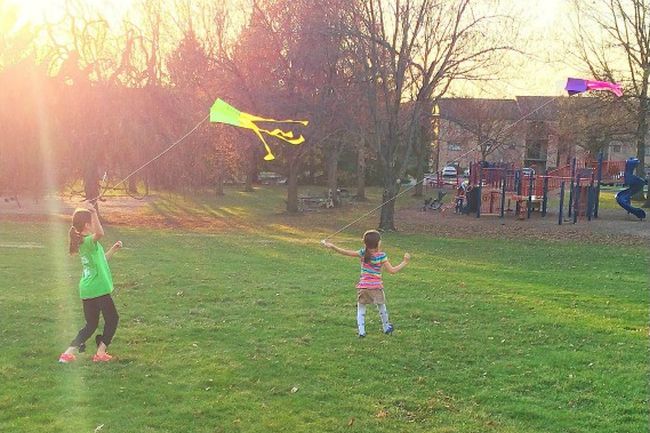
You can learn a lot about physics when you make and fly your own kite. Experiment with different designs to see whose kite flies the highest or the longest.
Learn more: Inner Child Fun
3. Wrap a watermelon in rubber bands …
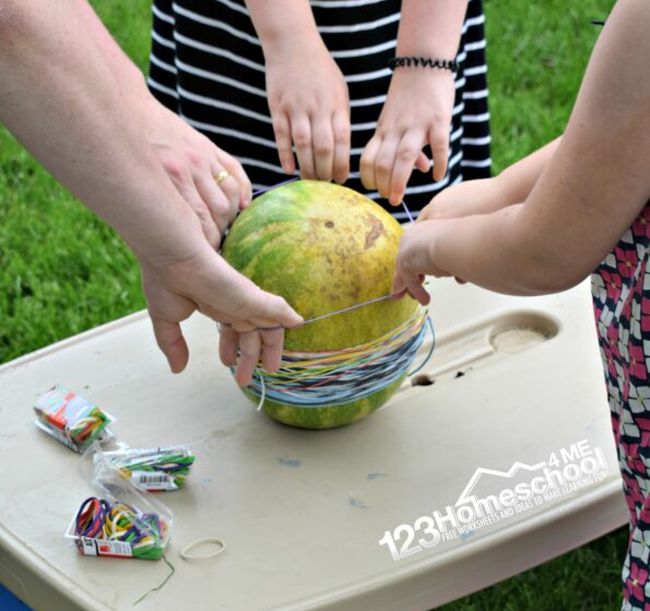
You’ve probably seen videos of this making the rounds online, so why not try it out yourself? This is one of those outdoor science activities that’s easy to do, but make sure you wear safety equipment like goggles.
Learn more: 123 Homeschool 4 Me
4. Assemble a nest
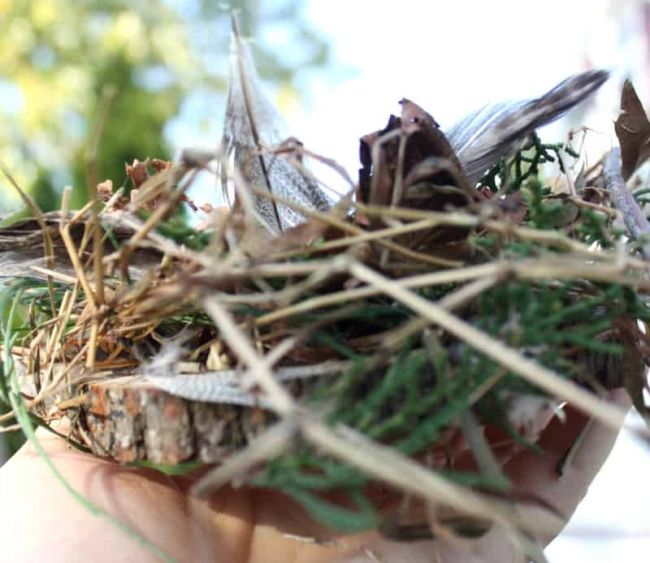
Birds build intricate nests, and they make it look easy. Can you do the same? Gather some materials outdoors, and try to make your own nest.
Learn more: Views From a Step Stool
5. Explore 1 square foot
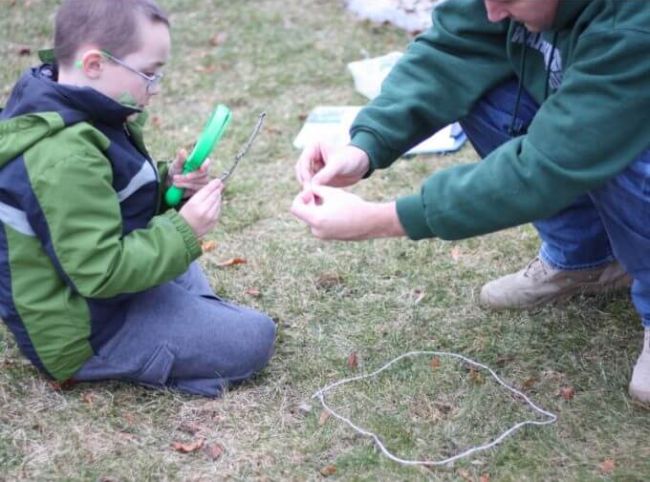
There’s an amazing amount of life in every square foot of nature. Grab your magnifying glasses or microscope, and take a closer look at the ground you walk on every day.
Learn more: One Square Foot—Little Bins for Little Hands
6. Explode a DIY seed pod
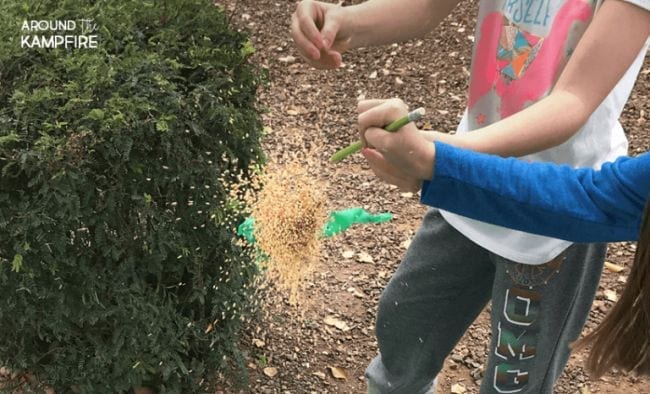
Find out how some plants spread their seeds far and wide with this cool balloon experiment. Fill it with seeds and air, then pop it outside on a breezy day and watch the seeds fly!
Learn more: Around the Kampfire
7. Send a soda geyser sky-high
This is one of those outdoor science activities that simply can’t be done anywhere other than outdoors. Kids will marvel at the chemical reaction that sends diet soda shooting high in the air when Mentos are added.
Learn more: Baking Soda Volcano (Free Guide + Printable Student Recording Sheet)
8. Compost food scraps in a bottle
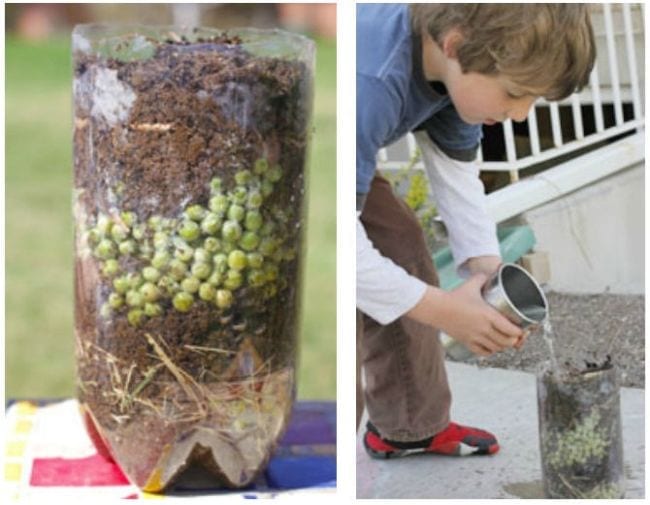
Food waste is a big problem, contributing to much of the material that winds up in landfills. Teach kids how to compost with kitchen scraps in a plastic bottle, and use the compost to feed your plants.
Learn more: Busy Mommy Media
9. Grow a carbon sugar snake
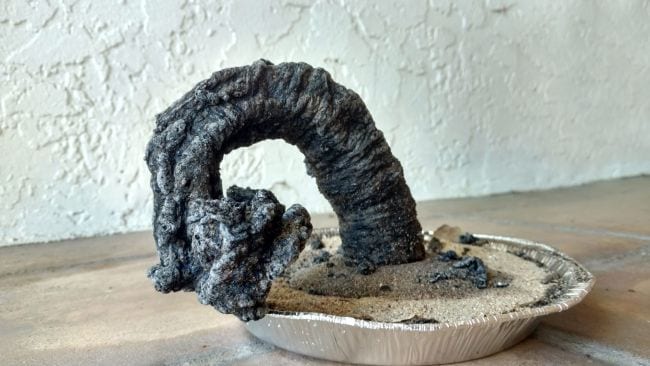
If you’re looking for outdoor science activities that are sure to excite your students, try this eye-popping chemical reaction demonstration. You only need simple supplies like sugar, baking soda, and sand, but the element of fire makes this experiment best done outdoors.
Learn more: KiwiCo
10. See the greenhouse effect in action
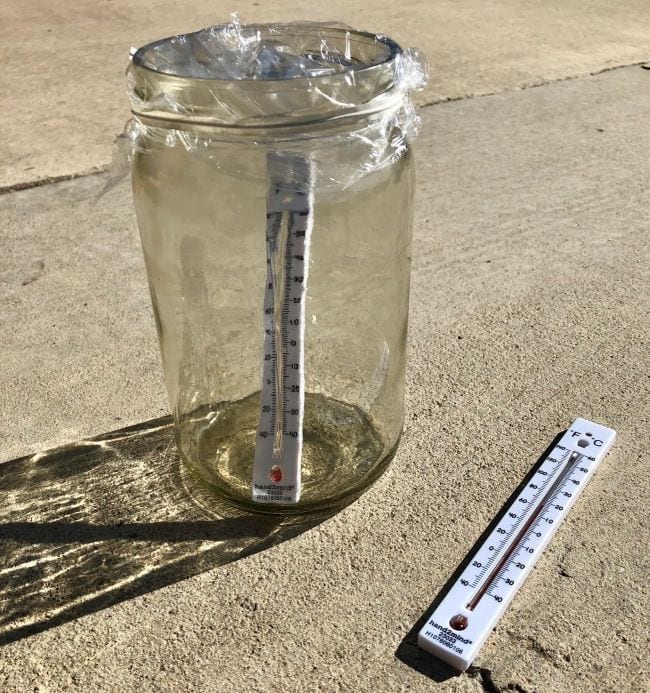
Climate change can be a contentious topic, so start by teaching kids about the greenhouse effect, which is easy to see and understand using this simple experiment. Then, urge them to explore data collected by scientists so they can learn to make informed decisions about topics like global warming.
Learn more: Teaching Science With Lynda
11. Construct a dirt battery

This outdoor science project is similar to building a battery from a lemon, but you also get to dig in the dirt! Kids learn about electric currents and conductivity.
Learn more: Dirt Battery—Teach Beside Me
12. Test the power of sunscreen
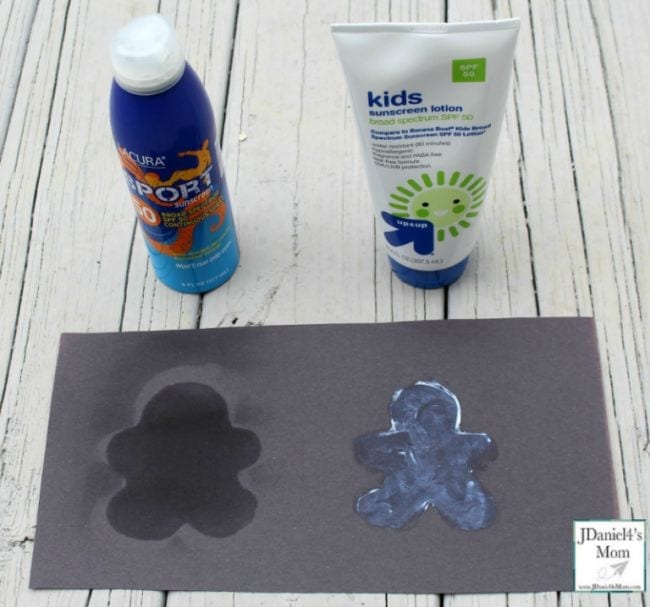
We slather kids in sunscreen when they’re playing outside, but do they understand why? Try this fun little experiment, which demonstrates how sunscreen protects from the sun’s harmful rays.
Learn more: STEM Sunscreen Experiment—JDaniel4’s Mom
13. Build a solar oven
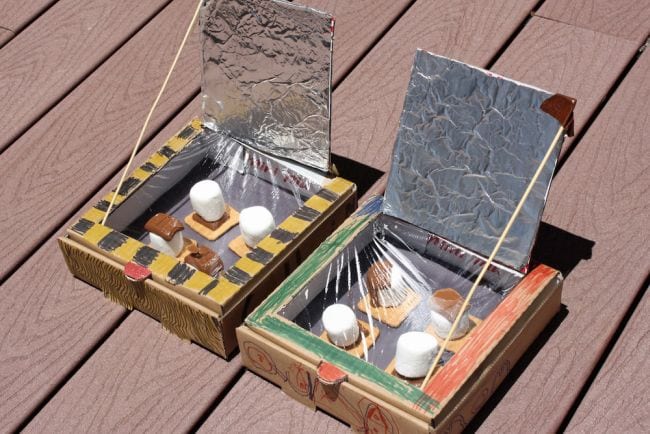
Explore the power of the sun when you build your own solar ovens and use them to cook some yummy treats. The link below has complete instructions.
Learn more: Desert Chica
14. Forecast the weather with pine cones
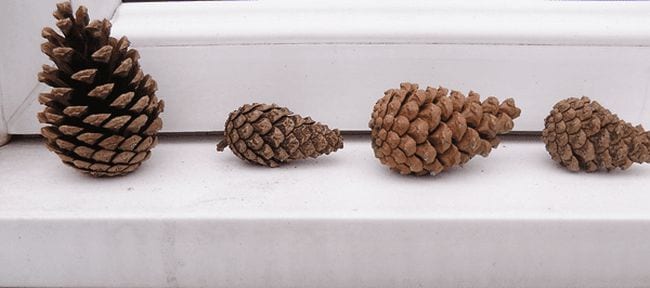
Fun fact: Pine cones open and close according to the weather in order to protect or disperse the seeds inside. Use that fact to your advantage and create a pine cone weather station in your backyard.
Learn more: Pine Cones—Science Sparks
15. Construct a LEGO waterwheel course
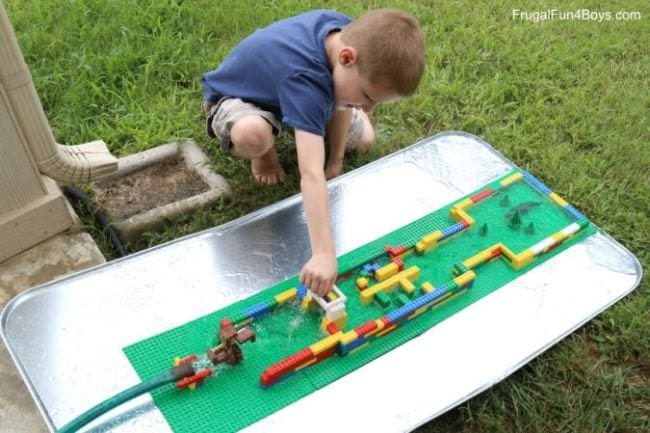
Are you looking for outdoor science activities for kids who love to build with LEGO? Explore the power of water with a cool homemade LEGO water course that includes a dam and a water wheel. This engineering project is fun to play with when you’re done.
Learn more: LEGO Course—Frugal Fun for Boys and Girls
16. Blast off with bottle rockets
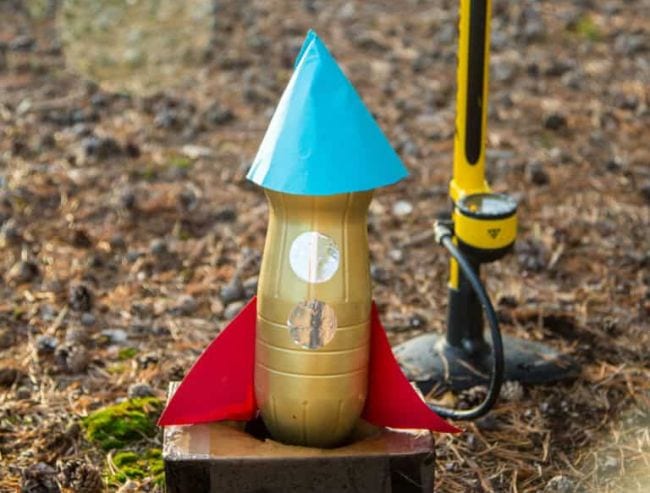
A simple adapter kit lets you turn an empty plastic bottle into a soaring rocket. Kids learn about pressure and Newton’s third law of motion with this perennially popular outdoor science project.
Learn more: Bottle Rockets—Science Sparks
17. Put together a simple microscope
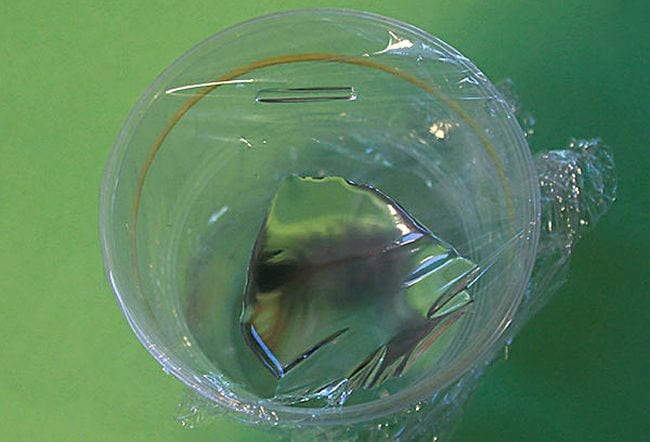
This DIY microscope isn’t very powerful, but it does magnify small objects so you can see details. It’s also really simple to make. (Looking for a stronger microscope you can take on the go? Try this portable model that hooks up to your cell phone.)
Learn more: Mini Microscope—Childhood 101
18. Create nature discovery bottles
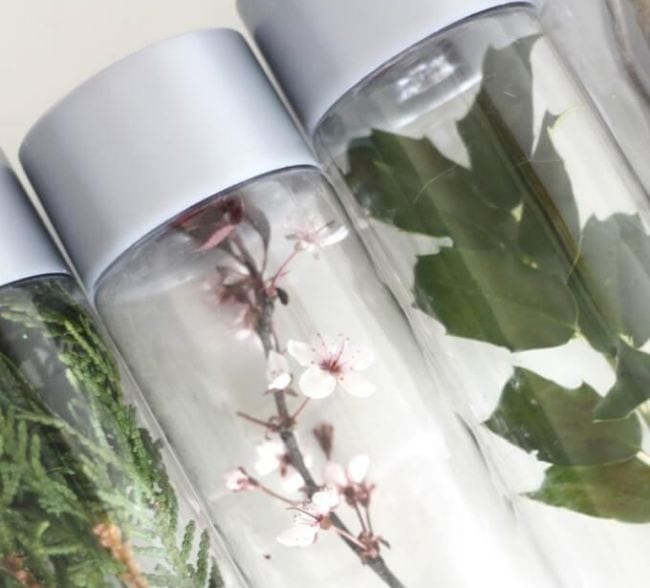
Stroll through the great outdoors and have kids collect interesting natural objects. Use recycled soda or water bottles to display their specimens.
Learn more: Discovery Bottles—Little Bins for Little Hands
19. Make sun prints
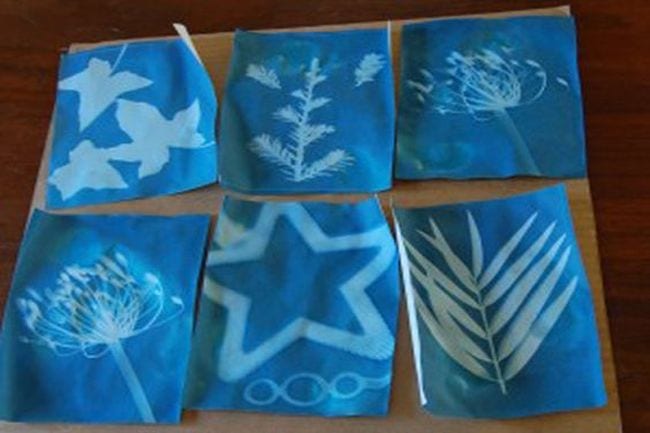
You’ll need to buy special paper for this outdoor science project, but it’s easy to find. Kids will love creating their own patterns and experimenting to find which objects work best.
Learn more: PBS for Parents
20. Assemble an anemometer
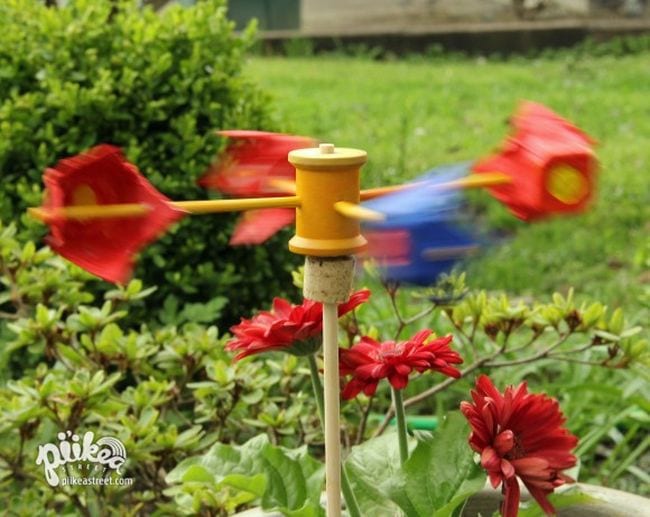
Scientists use anemometers to measure wind speed. Build this DIY version and do some weather science with your class.
Learn more: Pi’ikea Street
21. Find the best soap bubble solution
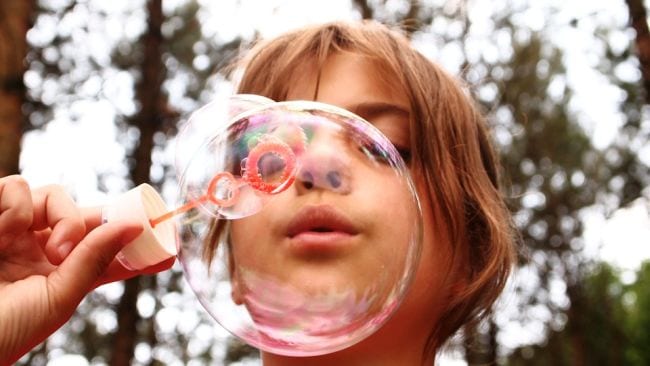
It’s easy to mix your own soap bubble solution with just a few ingredients. Let kids experiment to find the best proportion of ingredients to blow the longest-lasting bubbles with this fun outdoor science activity.
Learn more: Science Buddies—Bubble-ology
22. Blow the biggest bubbles you can
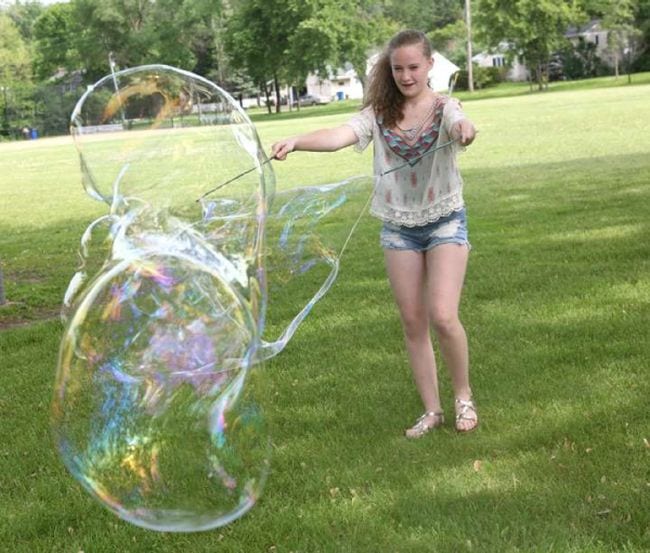
Bubbles are part of many fun outdoor science activities. Once you’ve blown the longest-lasting bubbles, move on to creating the largest bubbles you’ve ever seen! Kids learn about surface tension as they engineer these bubble-blowing wands.
Learn more: Giant Bubbles—Scholastic
23. Launch Ping-Pong balls with a catapult
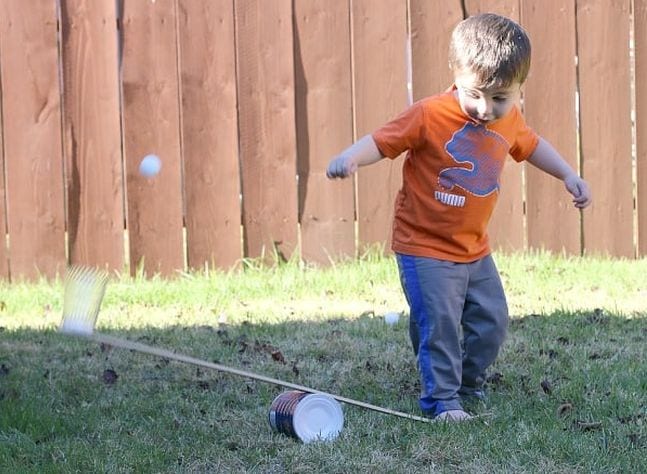
Young kids will simply adore building this basic catapult and watching Ping-Pong balls soar! Older kids can experiment by changing the position of the fulcrum, the length of the board, and the objects being flung.
Learn more: Catapult—Buggy and Buddy
24. Brew some elephant toothpaste
Speaking of foamy messes, elephant toothpaste (OK, it’s not really used by elephants) creates a huge exothermic reaction that will blow kids away.
Learn more: Science Bob
25. Play a game of Nature Bingo
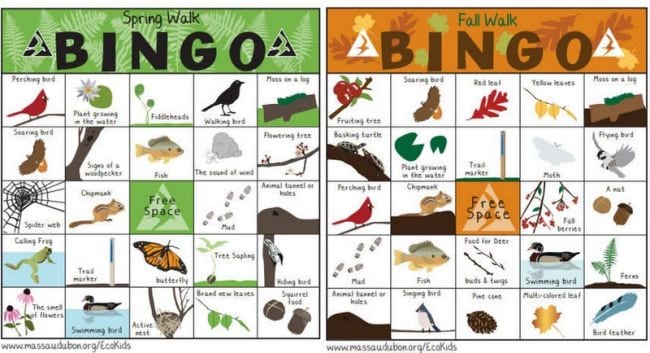
Give your nature walk more direction by giving students specific items to seek out. You can make your own boards, or hit the link below for free printables for every season.
Learn more: Massachusetts Audubon Society
26. Test out parachutes
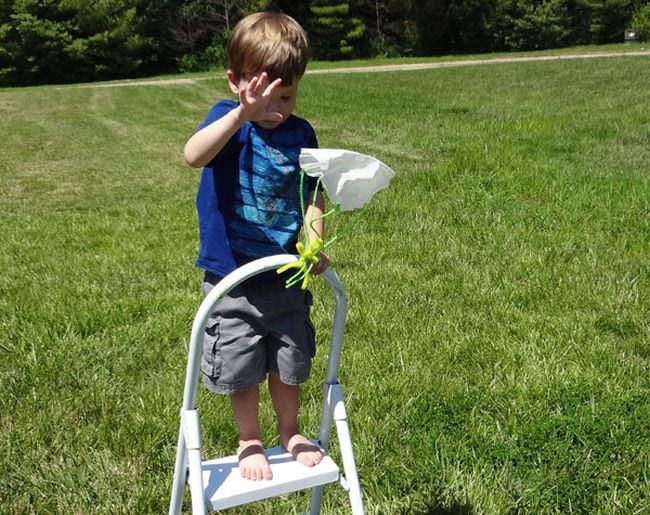
Gather a variety of materials (try tissues, handkerchiefs, plastic bags, etc.) and see which ones make the best parachutes. You can also find out how they’re affected on windy days or find out which ones work in the rain.
Learn more: How To Make a Parachute—Inspiration Laboratories
27. Start a nature journal
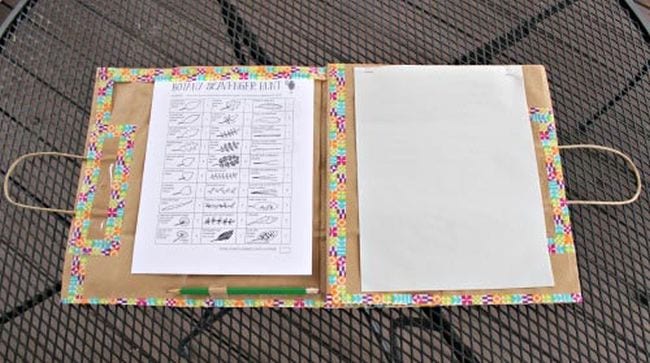
Nature journals are a great way to partner writing and outdoor science while building kids’ observational skills. You can use any sturdy notebook or check out the link below for free printable journal pages and a fun DIY carry-along journal project.
Learn more: Nature Journal—Edventures With Kids
28. Make and plant DIY seed bombs
Use recycled materials to create “seed bombs.” Then plant them in the schoolyard or send kids home to use them in their own gardens. Students learn about ecology, recycling, and plant life cycles.
29. Experiment with limestone rocks
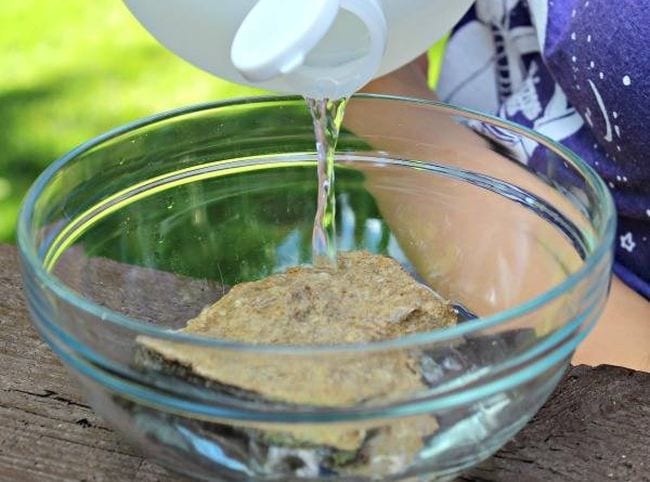
Kids love to pick up rocks, and there are plenty of great science experiments you can do with them. In this one, you pour vinegar over a rock to see if it bubbles. If it does, you’ve found limestone!
Learn more: Limestone Rocks—Edventures With Kids
30. Contribute to citizen science
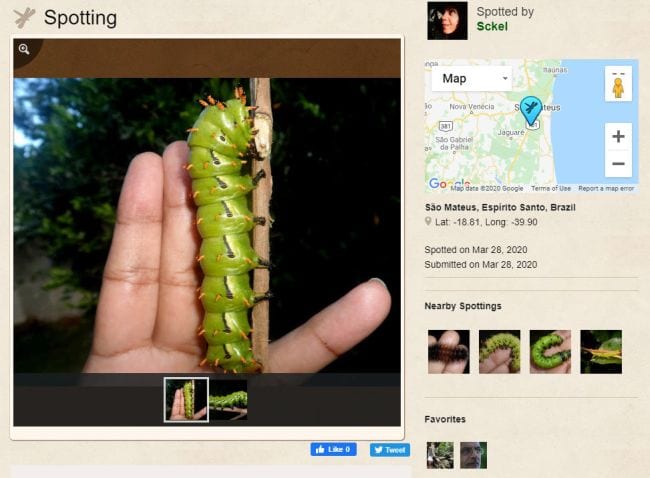
Use a cell phone to snap pictures of everything you find on a nature walk, then report those sightings to Project Noah. This citizen science project is dedicated to documenting every living thing on Earth! (Teachers, get ideas for using Project Noah in your classroom here.)
Learn more: Project Noah
31. Turn a bottle into a rain gauge
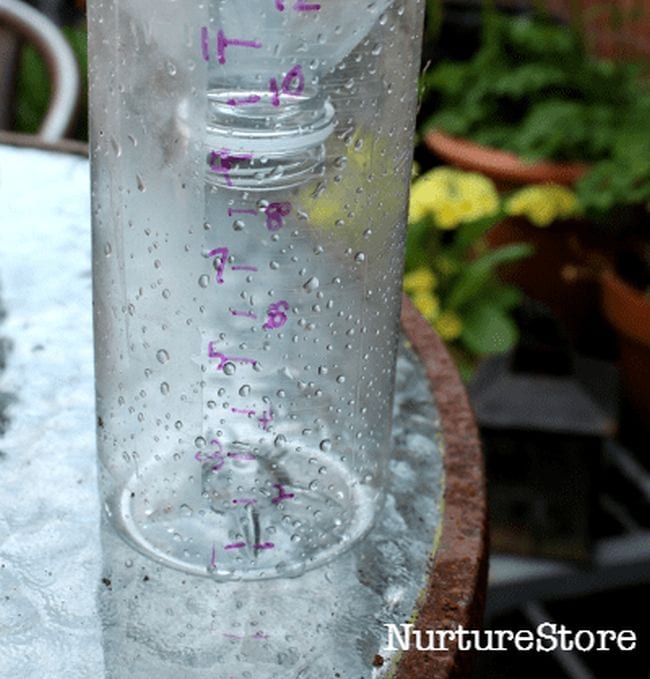
All you need is a plastic bottle, a ruler, and a permanent marker to make your own rain gauge. Monitor your measurements and see how they stack up against meteorology reports in your area.
Learn more: NurtureStore
32. Learn about plant transpiration
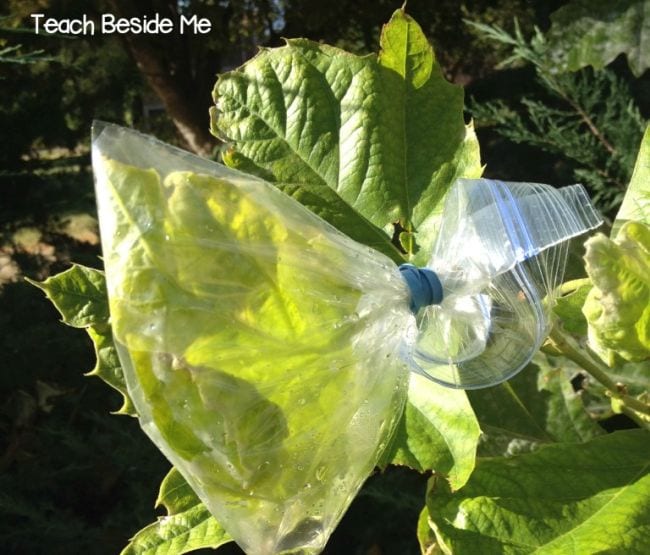
This simple project demonstrates how plants get rid of excess water they don’t need, a process known as transpiration. The supplies and method are simple enough for anyone to try it.
Learn more: Transpiration—Teach Beside Me
33. Swing a glass of water to learn about centripetal force
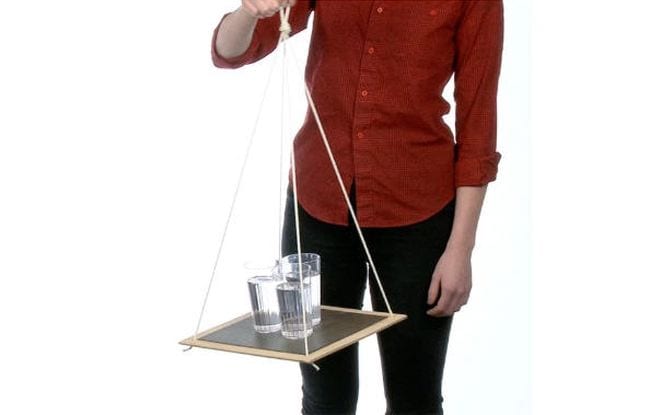
When you do this experiment right, you won’t make a mess at all. But while kids are still getting the hang of swinging glasses of water around their heads, you’ll probably want to make this an outdoor science activity.
Learn more: Sick Science!
34. Learn to identify trees
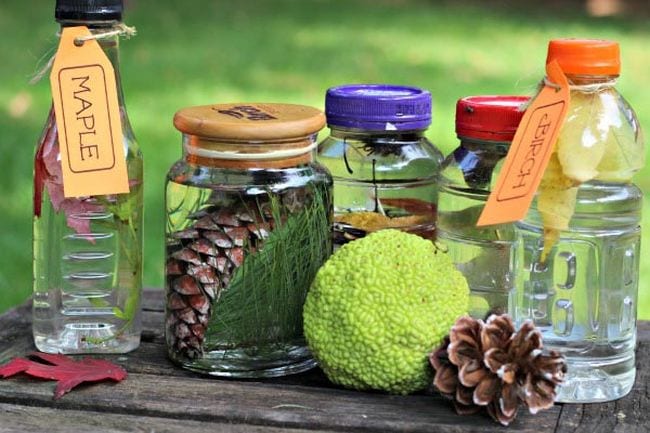
Give trees a closer look and learn to identify them by their leaves and seeds. These jars preserve the leaves and seeds for future study too.
Learn more: Identify Trees—Edventures With Kids
35. Go on a nature scavenger hunt
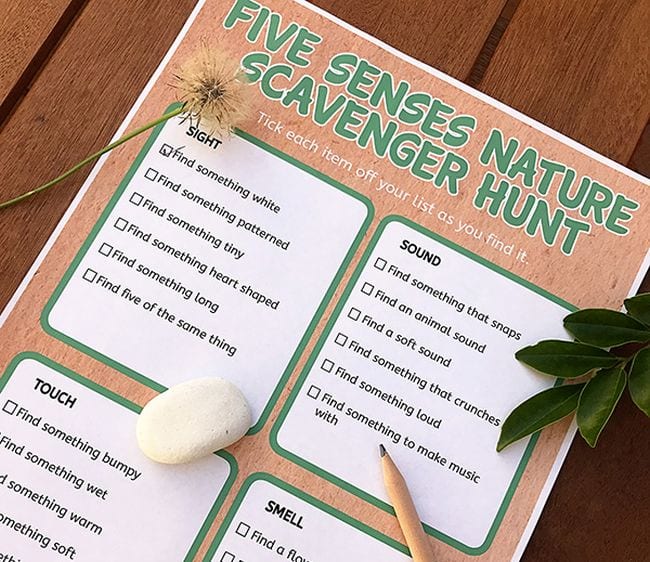
Take kids outdoors to use their five senses with this free printable scavenger hunt activity. They’ll hone their observation skills and learn so much about the world around them.
Learn more: Nature Scavenger Hunt—Childhood 101
36. Help monarch butterflies
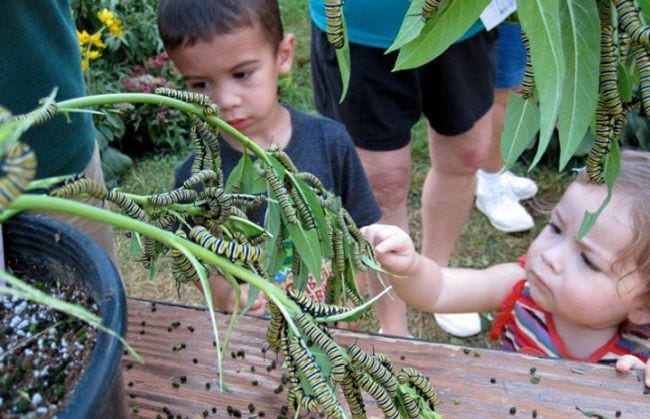
You may have heard that monarch butterflies are struggling to keep their populations alive. Join the fight to save these beautiful insects by planting your own butterfly garden, monitoring monarch populations, and more. Get all the info you need at the link.
Learn more: Monarch Watch
37. Count tree rings to explore dendrochronology
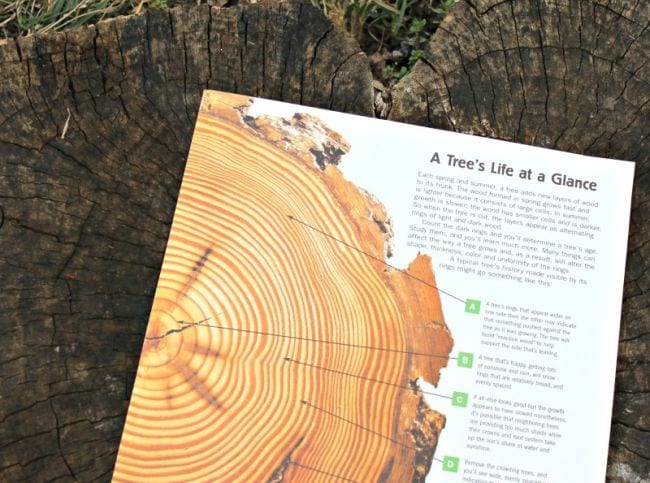
Your students might know you can count tree rings to find out how old the tree is, but do they know why that’s true? Students will undoubtedly get a kick out of exploring dendrochronology.
Learn more: Tree Rings—Edventures With Kids
38. Seek out signs of birds
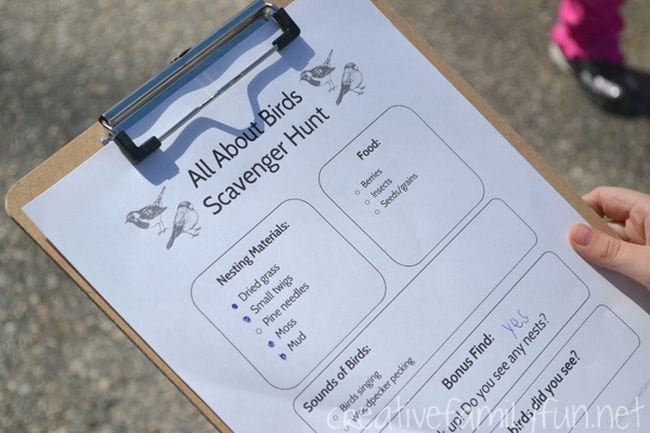
Have you ever noticed that birds can be difficult to spot, even though signs of them are all around? This free printable scavenger hunt helps you find evidence that birds live nearby. Just look for nests and food sources and listen for their sounds.
Learn more: Inspiration Labs
39. Attract birds with a DIY bird feeder
Bring all the birds to the yard with this easy recycled bird feeder project. Kids can learn to identify common backyard birds in your area. Visit The Cornell Lab of Ornithology’s educators’ resource page for more ideas.
40. Identify birds with an app
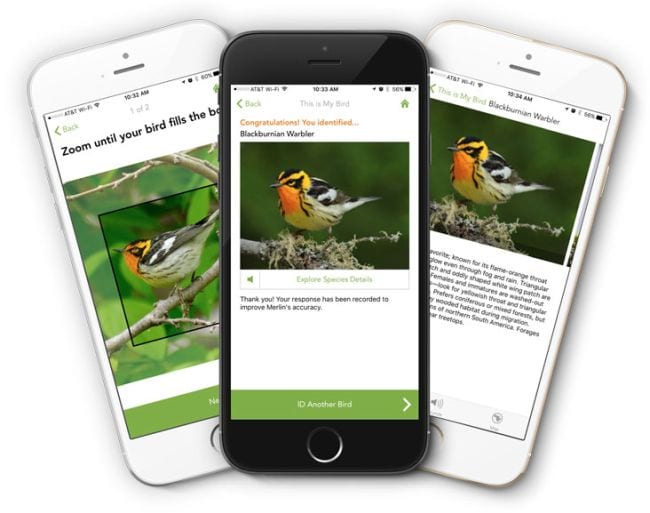
Some birds are easy to identify, but others stump even longtime bird-watchers. If you’re looking for outdoor science activities for kids who love feathered friends, check out the free Merlin Bird ID app. Snap a pic, answer a few questions, and the app will provide you some probable identifications, just like that.
Learn more: Merlin Bird ID
41. Become a human sundial
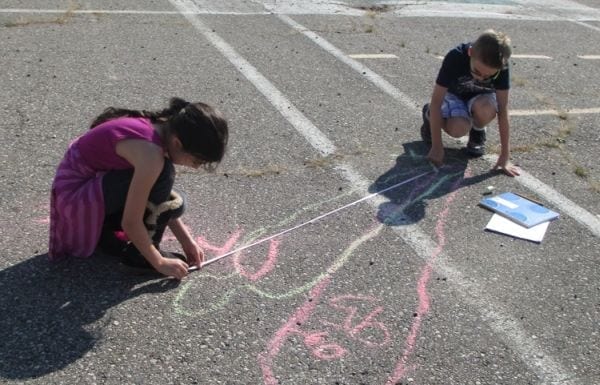
Choose a sunny day and grab some sidewalk chalk—your students are about to become sundials! They’ll practice measuring skills and learn about the movement of the sun across the sky.
Learn more: Rhythms of Play
42. Harness the power of the wind
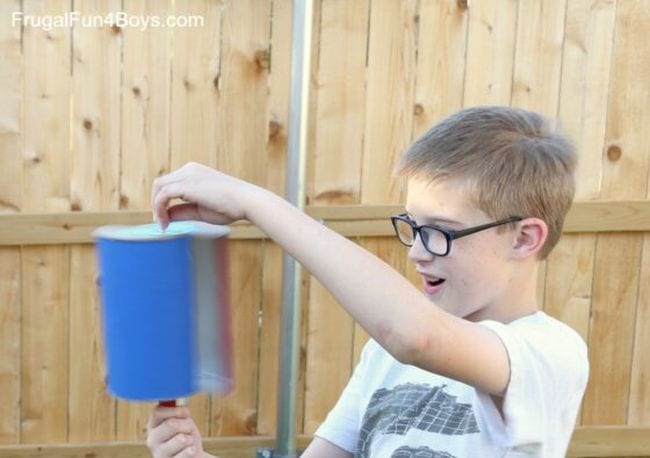
Wind turbines have become common sights in some parts of the country as we explore alternative energy sources. Build your own to learn how they work with this outdoor science experiment.
Learn more: Build a Wind Turbine—Frugal Fun for Boys and Girls
43. Explode plastic baggies (and make a big mess)
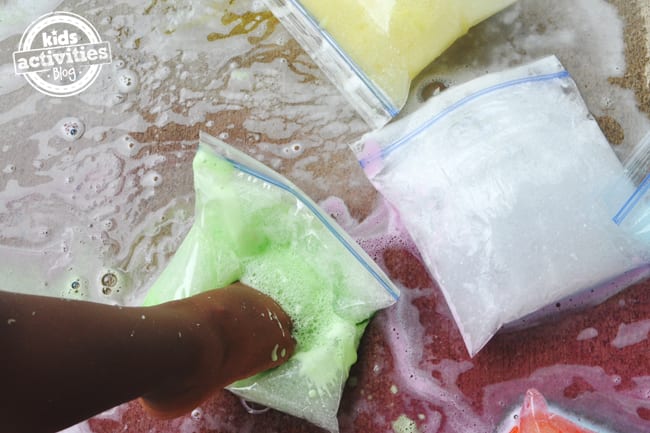
Vinegar and baking soda experiments are always a big hit with kids, and this one is no exception. They’ll love seeing the bags pop from the chemical reaction, and you’ll be glad the mess is outside.
Learn more: Kids Activities
44. Estimate the height of a tree
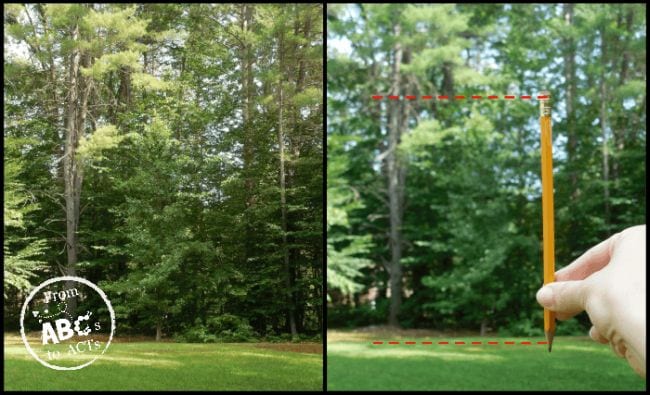
Kids work in pairs to estimate the height of a tree in this project that puts the M in STEM. Get a free printable at the link below to walk you through the process.
Learn more: From ABCs to ACTs
45. Build a light box
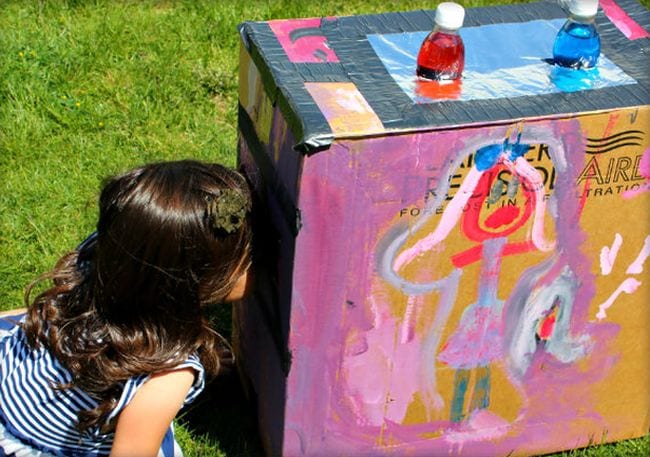
Kids can entertain themselves for hours with a big empty cardboard box. Channel that energy by turning a box into a place to learn about light refraction and reflection, using colored water in plastic bottles.
Learn more: True Aim Education
46. Float a baking-soda-powered boat
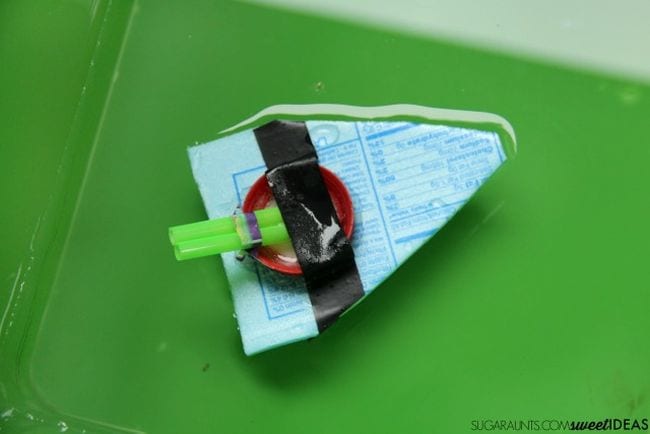
Here’s another experiment using the classic baking powder and vinegar reaction. This one uses it to power these cute little DIY boats! A kiddie pool is the perfect spot for this outdoor science project.
Learn more: The OT Toolbox
47. Conduct an egg drop
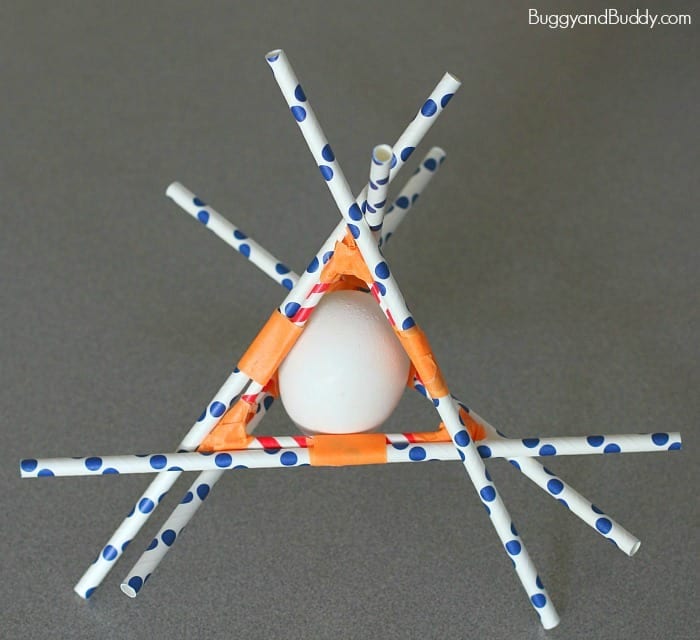
Here’s another classic outdoor science project you won’t want to move inside—the egg drop. Challenge kids to engineer a container that will protect an egg from a long fall (this is especially fun to do from upper-story windows).
Learn more: Egg Drop—Buggy and Buddy
48. Slide into friction science
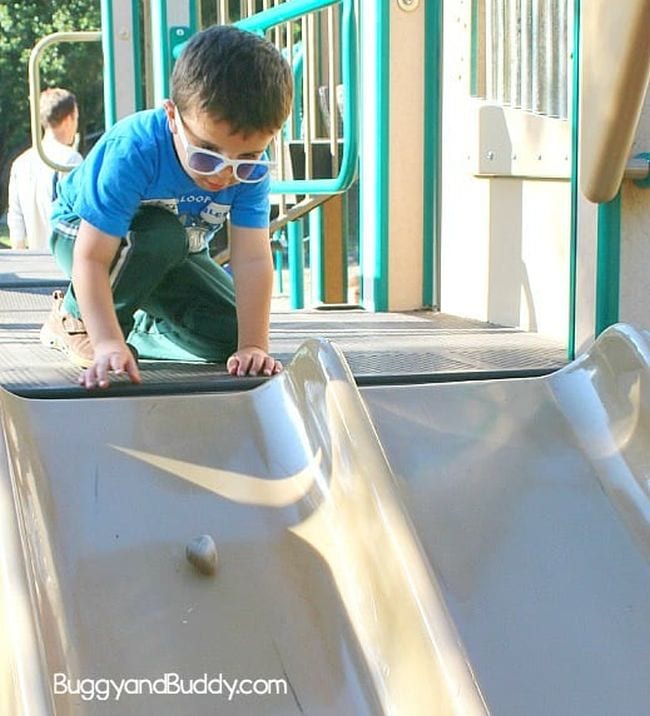
Head out to the playground, gather up a variety of objects, and hold races to see which ones make it down the slide first. This is a fun introduction to friction and inclined planes.
Learn more: Friction Science—Buggy and Buddy
49. See water pollution in action
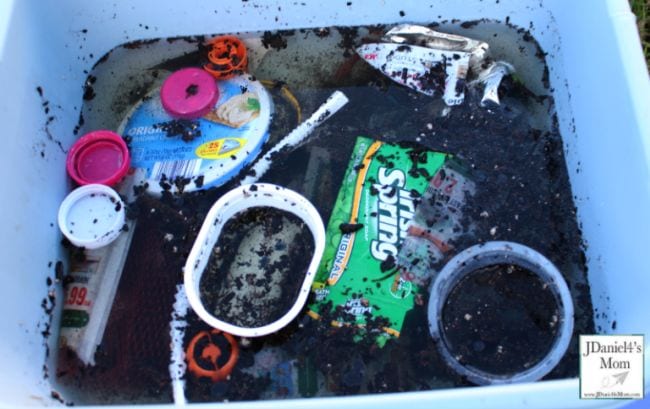
Learn about the challenges of cleaning up polluted water sources like rivers and lakes with this interesting outdoor science activity. Pair it with a visit to a local water treatment plant to expand the lesson.
Learn more: Water Pollution—JDaniel4’s Mom
50. Test your local water quality
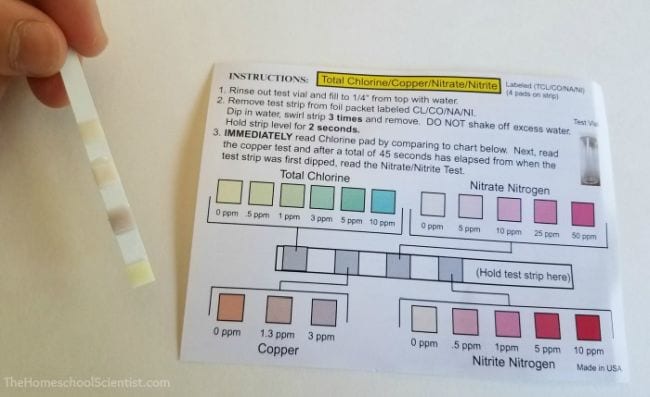
Once you’ve “cleaned up” your water, try testing it to see how clean it really is. Then head out to test other types of water. Kids will be fascinated to discover what’s in the water in their local streams, ponds, and puddles. Water-testing kits are readily available online—try this set available on Amazon.
Learn more: The Homeschool Scientist
51. Set up a musical science pool
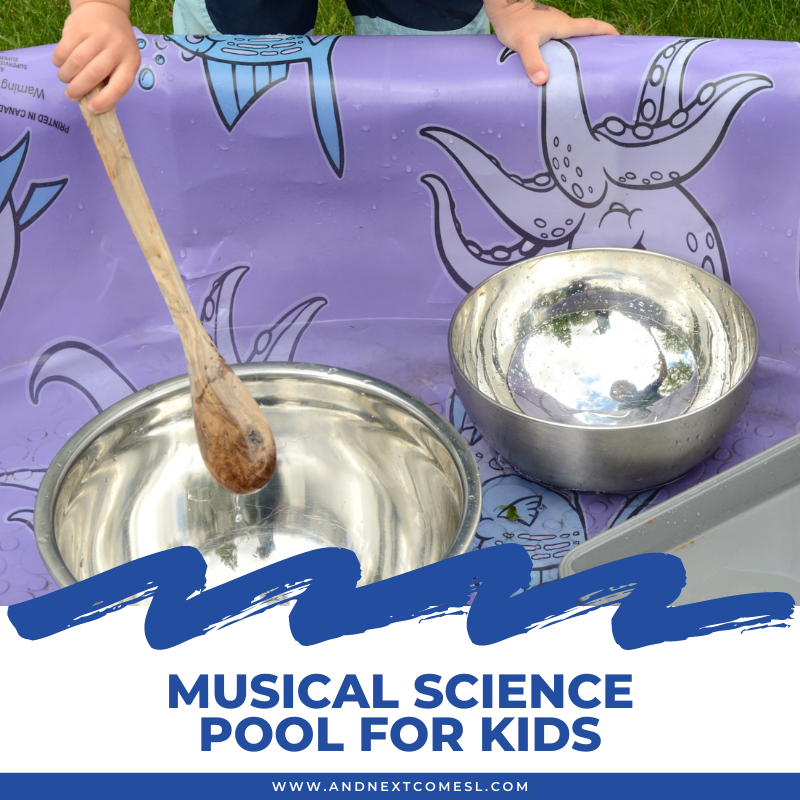
This project is equally fun as a sensory experience and as a science experiment. Fill a kiddie pool with water, then place inside metal mixing bowls of different sizes. Finally, let kids experiment with different combos of waters, bowls, and drumsticks (i.e., wooden spoons).
Learn more: And Next Comes
52. Paint a shadow with homemade chalk paint

Head outside and have kids trace the outlines of their shadows. Then mix up some homemade chalk paint and let kids get creative painting their shadows.
Learn more: Rhythms of Play
53. Get in some unstructured outdoor time
https://www.youtube.com/watch?v=wdtVGoX4aCU
While this video isn’t a specific experiment, it advocates for kids getting outside and having a chance to explore. Kids can gather things that catch their eye and then sort leaves, flowers, shells, etc., by pattern, shape, or anything else they wish.
54. Create a rainbow
Is there anything prettier than a rainbow? Your students will undoubtedly love seeing that they can make one themselves!
55. Make a homemade zip line

This experiment could be done inside too, but we think it would work even better with more space outdoors. Give kids a wide variety of materials so they can work diligently to build something to transport a plastic Easter egg safely across the zip line.
Learn more: The Secret Life of Homeschoolers
56. Dissect a flower
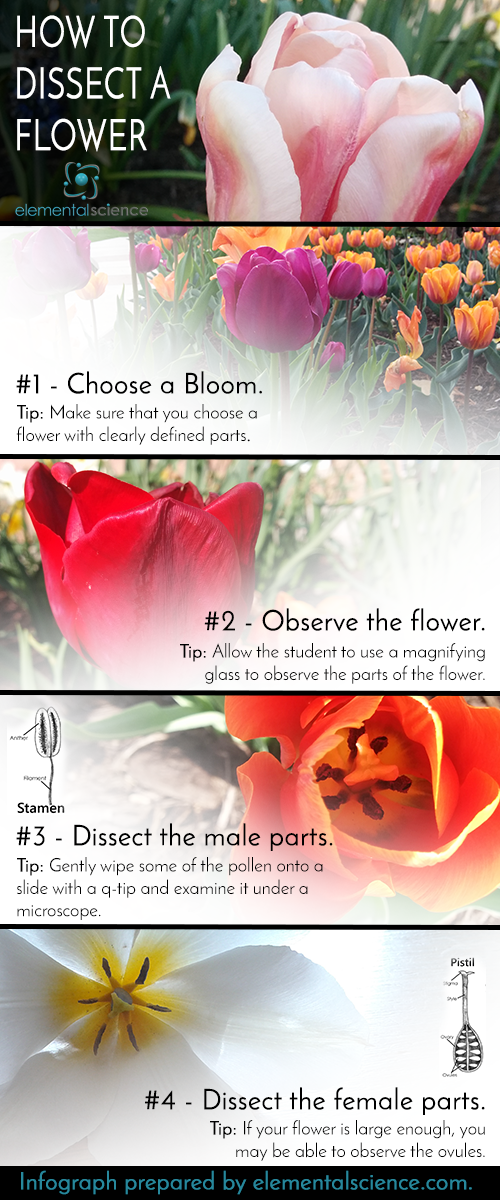
Your students will be so fascinated to learn just how much is hidden under the exterior of their favorite flower. Have some magnifying glasses on hand so your students can get a closer look at all the different parts of the flower and even the pollen.
Learn more: Elemental Science
57. Make and melt frozen oobleck
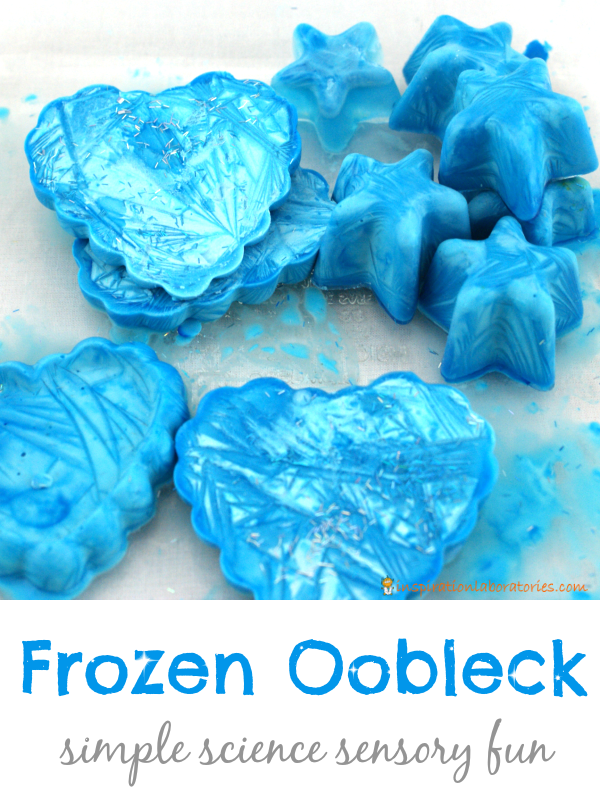
You’ll need cornstarch, water, a bowl, a spoon, and ice cube trays to make this oh-so fun sensory science experiment. If you really want to get wild, include some food coloring and glitter since kids will enjoy personalizing their oobleck. Once the oobleck is frozen, bring it outside and let it melt. As it melts, have students study the consistency changes.
Learn more: Inspiration Laboratories
58. Create lightning in a bottle
This experiment is best suited for older kids or perhaps as more of a demonstration for younger kids. This is a great lesson on static electricity and it will certainly leave your students stunned!
59. Create tree bark rubbings
As far as outdoor science activities go, this one is so simple yet such a fun way for the tiniest learners to discover nature and trees in particular. Grab some tape, peeled crayons, and paper, then head outdoors!
60. Float beach balls in the air
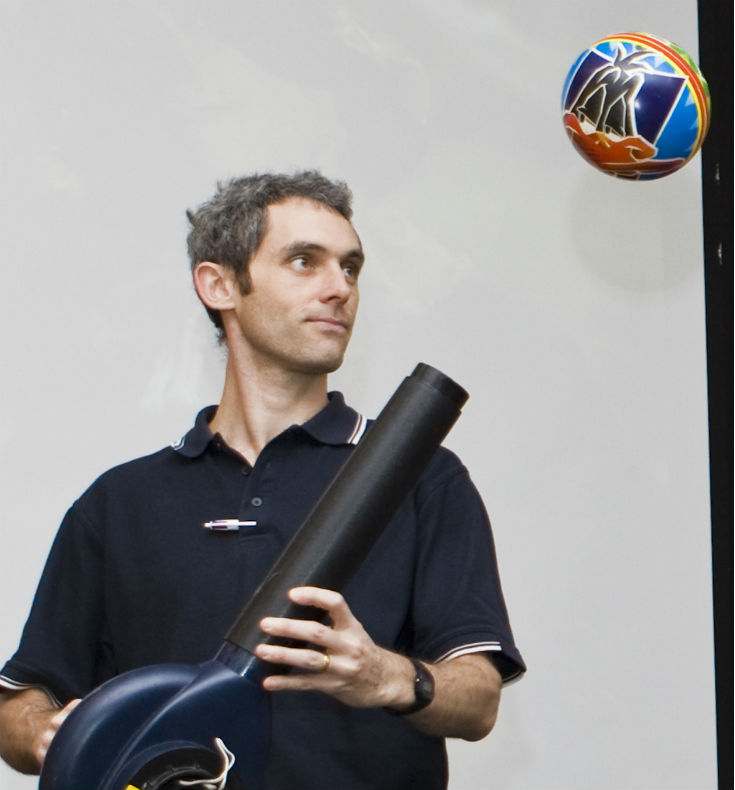
Want to amaze your students while also teaching about Bernoulli’s principle? The basic idea is that fast-moving fluids have lower pressure than slow-moving fluids. Balance a beach ball in just the right spot above the leaf blower, where the forces of gravity and air pressure are equal. This will result in a floating ball!
Learn more: Fizzics Education
Outdoor science activities don’t have to be limited to spring or summer! Bookmark the Coolest Winter Science Experiments and Activities.
Plus, get all the latest teacher tips and tricks, straight to your inbox, when you sign up for our newsletters!
